What is the BRRRR Method and How Does It Work?
Learn

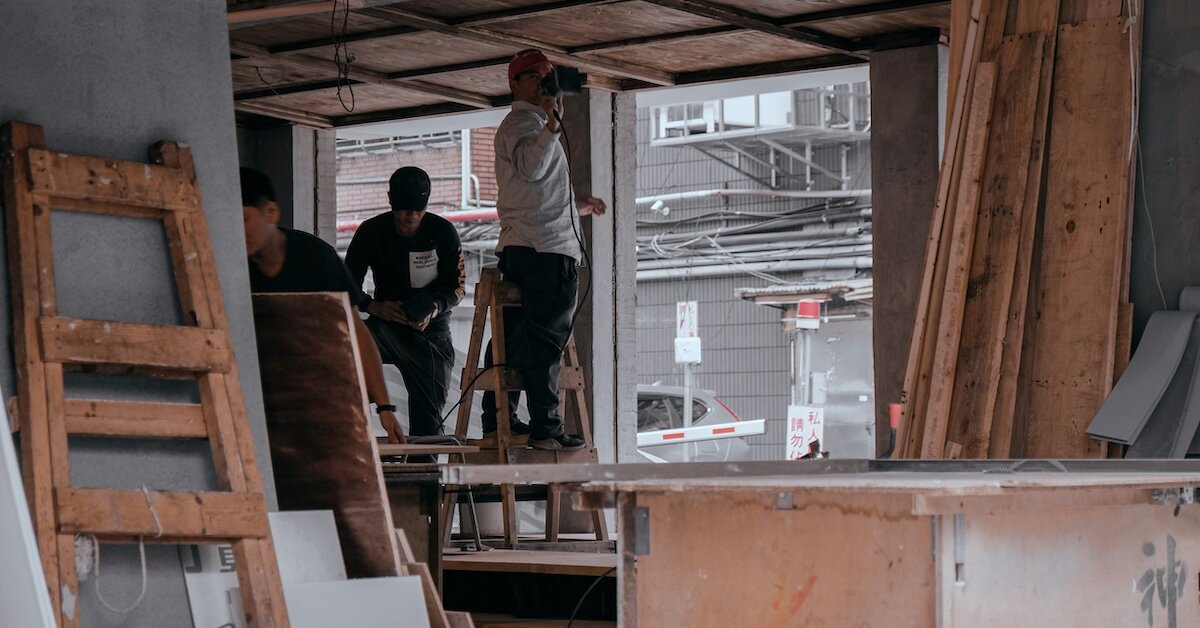
Real estate investors are always looking for reliable ways to grow their portfolios, and for many, the BRRRR method offers a repeatable strategy. Short for Buy, Rehab, Rent, Refinance, Repeat, this strategy helps investors recycle the same capital across multiple properties, building both equity and cash flow over time. Rather than tying up capital in a single property, BRRRR helps investors recycle funds and grow faster.
It rose to popularity among hands-on investors during boom markets, when rising values and low interest rates made refinancing a breeze. In 2025, the BRRRR method still has a loyal following, but higher interest rates, tighter lending standards, and evolving market conditions mean it’s not quite the slam dunk it once was. Still, when executed thoughtfully, BRRRR remains a viable path to building long-term wealth.
What Does BRRRR Stand For?
Each letter in BRRRR represents a stage in the process:
- Buy: Investors start by identifying undervalued or distressed properties that offer room for improvement. These are often fixer-uppers or foreclosures, purchased below market value to leave room for equity growth.
- Rehab: Once purchased, the investor renovates the property with strategic improvements. The goal isn’t over-the-top luxury, it’s making practical improvements that raise the property’s value and attract strong tenants.
- Rent: After renovations are complete, the next step is to place a reliable tenant and generate monthly income. Proper screening and setting competitive rent prices are crucial for long-term success.
- Refinance: Once the property is stabilized, the investor works with a lender to refinance the property at its new, improved value. This step allows the investor to pull out a portion of the equity to recover the original investment.
- Repeat: The funds from refinancing are then used to purchase the next property, and the cycle begins again.
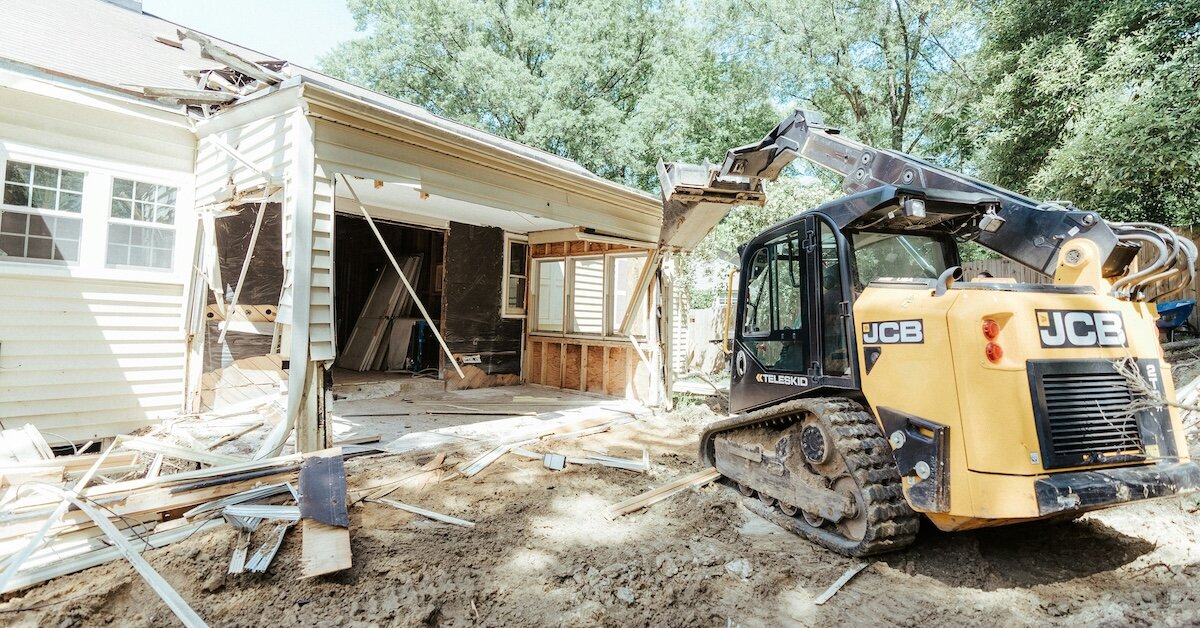
How the BRRRR Method Works (Step-by-Step)
- Step 1: Find the Right Property Look for undervalued homes or distressed properties with strong potential for appreciation. Run the numbers carefully, focusing on the after-repair value (ARV) to ensure there’s room for profit after rehab and refinance.
- Step 2: Secure Financing Choose the right funding strategy based on your goals, whether it’s cash, a hard money loan, private financing, or a HELOC. Fast access to capital can help you close deals quickly, especially in competitive markets.
- Step 3: Rehab the Property Focus on upgrades that improve value without overextending your budget. Think modern updates to kitchens and bathrooms, new flooring, paint, and improved curb appeal without over-improving for the neighborhood.
- Step 4: Rent to Qualified Tenants Once the property is ready, list it at a competitive market rate and thoroughly screen tenants. Solid property management at this stage helps ensure stable cash flow and protects your investment.
- Step 5: Refinance the Property After the property is rented and stabilized, work with a lender to refinance based on the new appraised value. Most lenders require a seasoning period (typically 3–12 months) before refinancing. The goal here is to pull out as much equity as possible while maintaining favorable loan terms.
- Step 6: Repeat the Process Use the equity you’ve unlocked to fund your next BRRRR deal. By recycling your original capital, you can scale your portfolio without constantly injecting new funds.
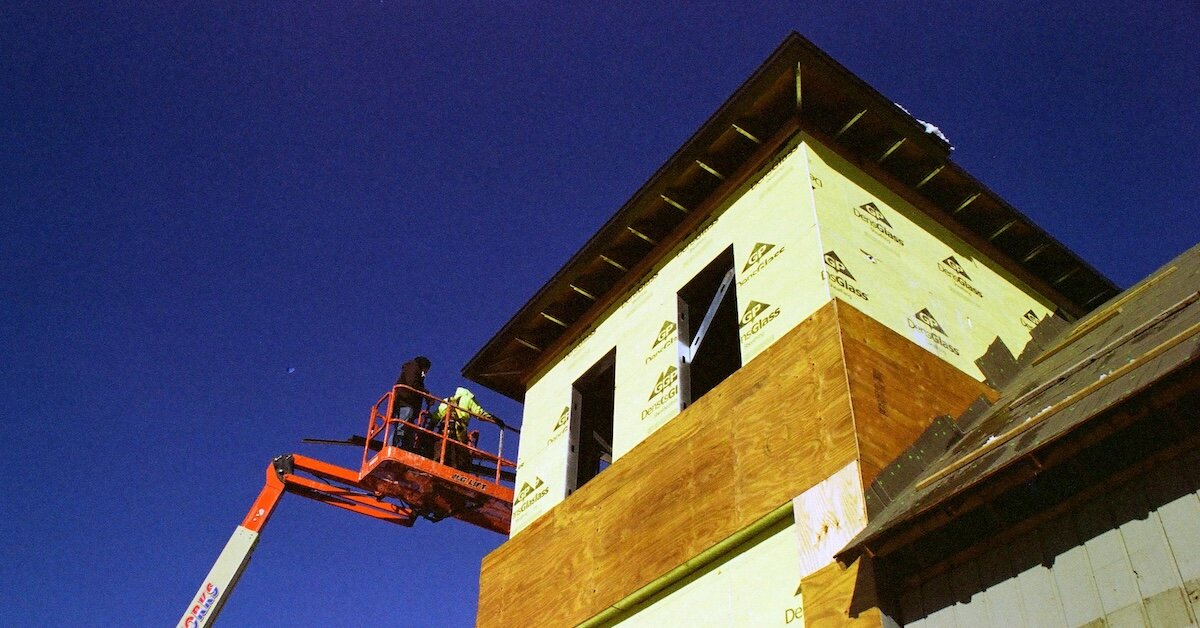
Pros of the BRRRR Strategy
There are certainly some key benefits of the BRRRR method when effectively executed, including:
- Scalable Growth: BRRRR allows investors to grow their portfolios without having to bring in fresh capital for every deal. It’s a snowball effect that can build serious momentum over time.
- Semi-Passive Income: Once properties are rehabbed and rented, they can provide consistent monthly cash flow. While not entirely passive, BRRRR properties can become semi-passive with good systems in place.
- Forced Appreciation: Unlike relying solely on market appreciation, BRRRR allows investors to increase property value through strategic improvements, providing more control over outcomes.
- Liquidity via Refinance: Refinancing creates liquidity, giving investors more flexibility to pursue new deals without selling assets.
Cons and Risks of BRRRR Investing
Keep in mind that the BRRRR real estate strategy also comes with potential disadvantages, such as:
- High Upfront Costs: Even when using financing, BRRRR requires significant upfront capital for purchase, rehab, and holding costs before rent or refinance income starts.
- Market Fluctuations: Changing interest rates, property values, or rent demand can impact the ability to refinance or generate expected cash flow.
- Rehab and Vacancy Risks: Renovation projects often run over budget or experience delays. Vacancies can also eat into profits if tenants aren’t secured quickly.
- Time-Intensive: Managing contractors, permits, tenants, and lenders requires time, knowledge, and patience.
- Competitive Landscape: The rise of the BRRRR strategy has increased demand for value-add properties, making deals harder to find and more expensive to acquire.
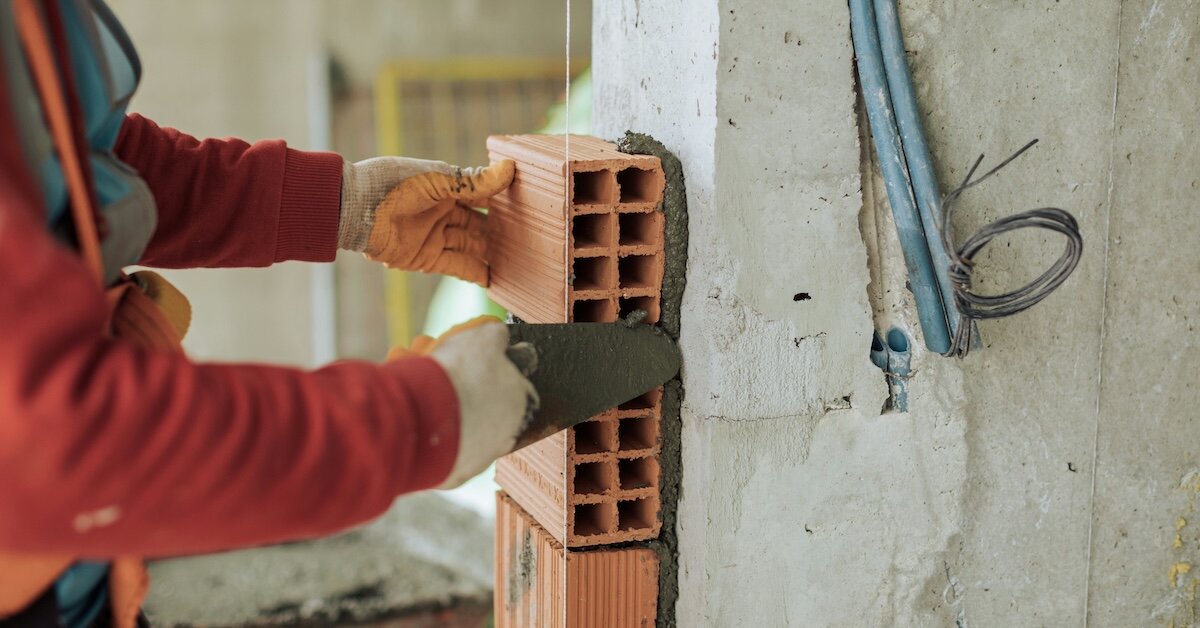
Is BRRRR Still a Good Strategy in 2025?
With rising interest rates and stricter lending requirements, some investors are questioning the viability of BRRRR in today’s environment. However, it’s far from obsolete. In secondary markets where prices are lower and rental demand remains strong, the BRRRR method can still yield solid returns.
In 2025, investors need to be more selective and conservative with their BRRRR deals. Run your numbers carefully, anticipate longer hold times, and focus on neighborhoods with strong fundamentals.
For those considering alternatives, other strategies include:
- Buy-and-hold for long-term appreciation
- Rent-by-the-room to boost rental income
- Short-term rentals in vacation or urban markets
- Multifamily or mixed-use investing for diversification
- Traditional cash-flow properties in stable markets
BRRRR vs. House Flipping
While both BRRRR and flipping involve purchasing and improving properties, their core objectives are quite different.
BRRRR focuses on building long-term wealth through rental income and equity. You hold the property, earn recurring monthly cash flow, and build net worth over time while reusing your capital to buy additional properties.
House flipping is all about quick profits. You buy, rehab, and sell the property for a lump sum, often within a few months. Flipping may offer quicker profits but doesn’t generate long-term income or equity.
So, when does each make the most sense?
- Choose BRRRR if you’re in it for the long haul, want to grow a rental portfolio, and can manage the complexities of being a landlord.
- Opt for flipping if you want shorter turnaround times, prefer not to manage tenants, and are looking for capital gains to fund other investments.
The best approach depends on your goals, risk tolerance, and how much time and capital you’re working with.

Who Is the BRRRR Method Best For?
The BRRRR method isn’t for everyone. It works best for:
- Investors with access to upfront capital
- People comfortable managing rehab projects
- Those willing to deal with tenants and property management
- Long-term thinkers focused on building equity and cash flow
The BRRRR strategy may not be the best fit for completely hands-off investors, those working with very limited funds, or anyone risk-averse when it comes to renovations or timeline uncertainty. BRRRR demands hands-on effort—from managing renovations to navigating refinancing—which can be a lot if you’re looking for a more passive investment.
If you’re not comfortable with potential delays, construction surprises, or tenant management, you may be better suited to more passive approaches like REITs or turnkey rentals, which offer exposure to real estate with far less day-to-day involvement.
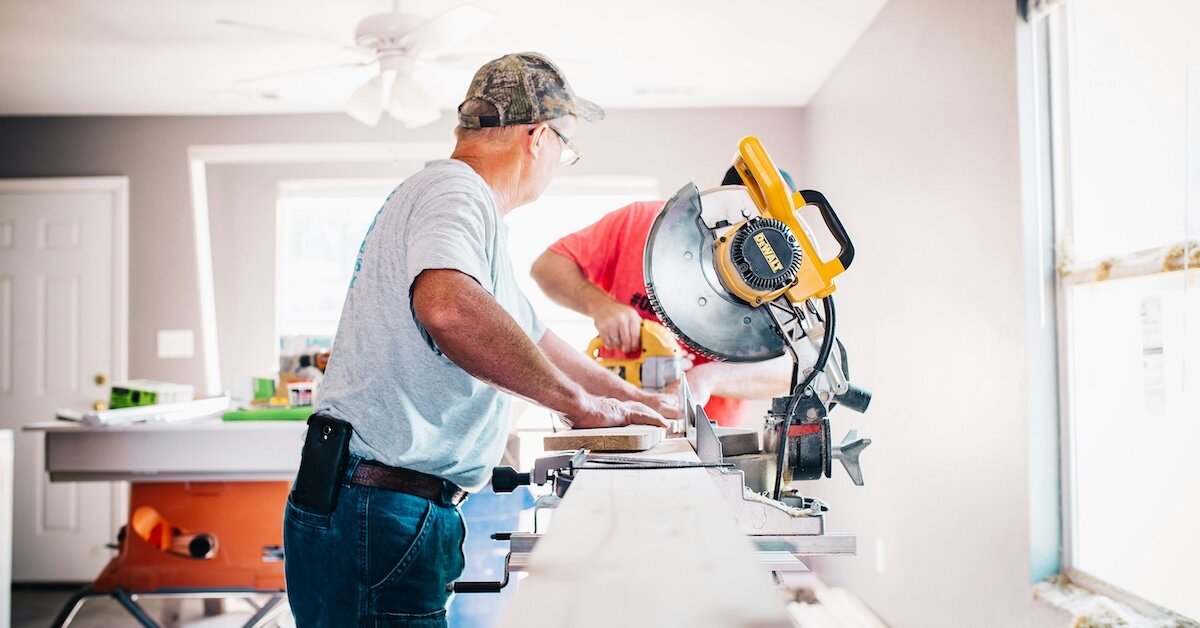
Should You Try the BRRRR Method?
BRRRR can be a powerful tool for growing your real estate portfolio, but it comes with challenges. If you’re diligent, patient, and realistic about what it takes, the rewards can be substantial.
Always start with solid due diligence, conservative numbers, and a clear exit strategy. BRRRR isn’t a one-size-fits-all approach, but for the right investor in the right market, it might be the repeatable formula that sets your portfolio on fire.
For cutting-edge CRE insights and data, leverage Crexi Intelligence and get the insights and data you need to evaluate deals with confidence.









